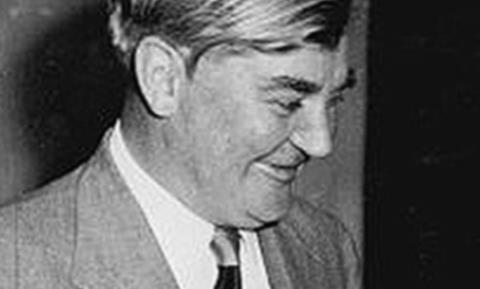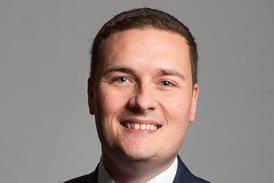The basic shape of today’s healthcare provision was largely established when the NHS came into being in 1948. Although a single health service was created, provision was fragmented between general hospital, teaching hospital, community care, mental health and general practice.

The apocryphal story goes that in negotiating with the British Medical Association, Aneurin Bevan “gave consultants the hospital and GPs the patient”.
‘International case studies show the benefits to providers focusing on just one area or service’
This model of provision has served the UK pretty well, but times are changing. Demand is rising, and the increasing use of and reliance on technology and the challenging financial settlement are set to be the “new normal” for the NHS. Most importantly, rising demand reflects a completely different population the NHS is caring for; broadly older people with complex conditions, not people with an acute need.
This raises the question: is the 1948 provider model still fit for purpose?
Challenges ahead
If we look at acute hospitals, the answer could be no. Hospitals are being asked to provide a lot. Emergency services, planned services, diagnostics, support for long-term care, and older people, children and maternity services. Plus training and research.
International case studies show the benefits to providers focusing on just one area or service. The Humanitas hospital near Milan showed how an organisation based on the best lean principles could provide class-leading planned care.
But when it added in emergency services, using the same lean principles, performance started to decline. Only when they started to manage the elective and emergency parts separately did performance recover. The implications for providers are clear.
‘Without a radical rethink, providers will be left lumbering forward with a model better suited to 1948’
The distinctive needs of different parts of a hospital are also not reflected in the 1948-based pay and incentive structures. When Professor Jamie Robinson, an expert on payment mechanisms from Univeristy of California, Berkeley, visited in 2011, he outlined how we need to differentiate between the army and diplomatic corps of healthcare.
When things go wrong you need your army, or urgent care staff, to be incentivised to solve the patients’ problems as quickly and efficiently as possible. But generally patients want to avoid problems; so your diplomatic corps, diabetologists and the like, should be incentivised to keep people as well as possible so they don’t need the army.
Health providers as a whole, and hospitals in particular, need to think more about the services they provide and the system of care across the local community. Without a radical rethink, providers will be left lumbering forward with a model better suited to 1948 rather than orientating themselves towards the challenges that lie ahead.
Tim Wilson and Janet Dawson are partners at PwC

























No comments yet